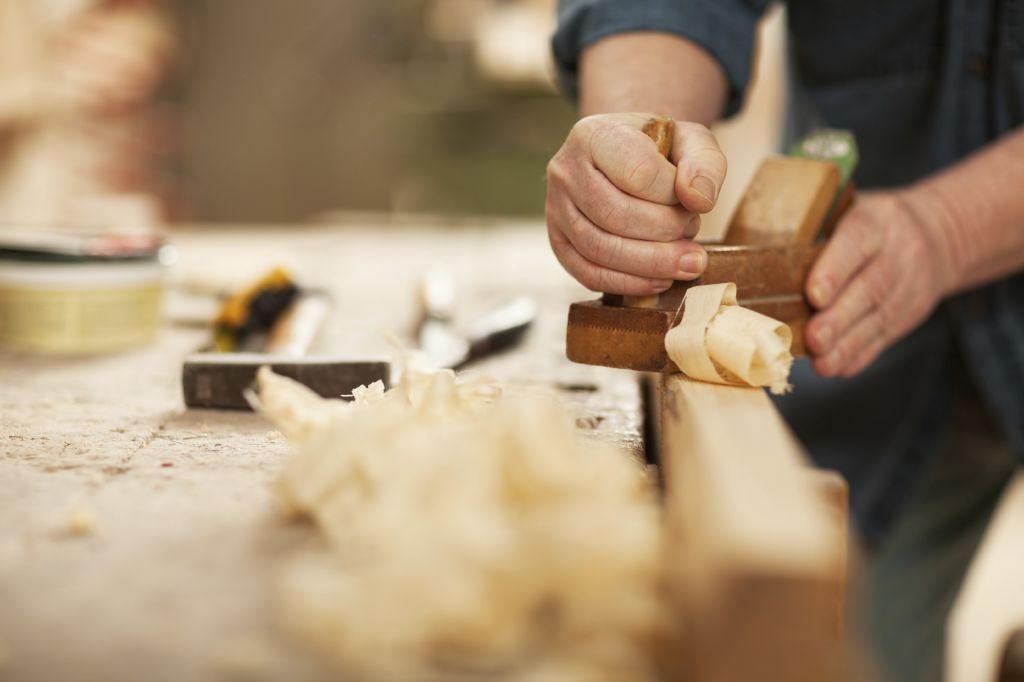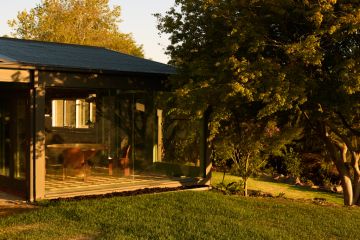The bespoke treatment: Carpentry

In this era of maximum disposability, many people wouldn’t think twice about the provenance of furniture or fixtures throughout their houses. Often we want things that are cheap, functional and easy to assemble. Despite all this, there is still a huge market for handcrafted, vintage or antique furniture that can stand the test of time and be a beautiful addition to home decor.
Why bespoke?
There’s nothing like the look and feel of bespoke woodwork, be it furniture or cabinetry, and if you are building your dream home – or just kitting yourself out – then why compromise on something that will be part of your home for years to come?
It may be a whole lot easier to just buy a kitchen straight from a catalogue, or pick your dining suite from a funky showroom, but imagine being able to work closely with a craftsperson in order to create your perfect kitchen – with just the right amount of pantry space and not too many high, narrow cupboards. Imagine the satisfaction you would get from handpicking a solid slab of recently hewn timber and seeing it transformed into the ideal dining table for 12, or 20.
Bookshelves, tables, staircases, wardrobes and buffets are all ideal candidates for bespoke treatment, with the added bonus that you can select the exact style of furniture, not to mention wood, that you prefer. Traditional techniques – such as mortice and tenon joints and dovetails – are still used by carpenters today, and often this superior quality and delicacy cannot be achieved by machines. When you purchase a piece of bespoke furniture or woodwork, there is a sense of connection between you and the piece that you cannot feel when you unpack your flat-packed bed: not only do you know exactly when, where and how it was made, but you know exactly who made it as well.
Green wood?
Having furniture handmade can also be the more environmentally friendly option too, as many modern carpenters, cabinet-makers and craftspeople prefer to use recycled or reclaimed timbers for their work, with stunning effects. Former telephone poles can be reimagined as pillars for a pergola, and old doors can be sanded back to make amazing dining tables. Old timber can have a new life once more, and the sense of history it will bring into your home is priceless.
Local crafts markets, galleries and craft shows are a wonderful way to meet some of these artisans face-to-face and witness first-hand the beauty of bespoke carpentry.
We recommend
We thought you might like
States
Capital Cities
Capital Cities - Rentals
Popular Areas
Allhomes
More







